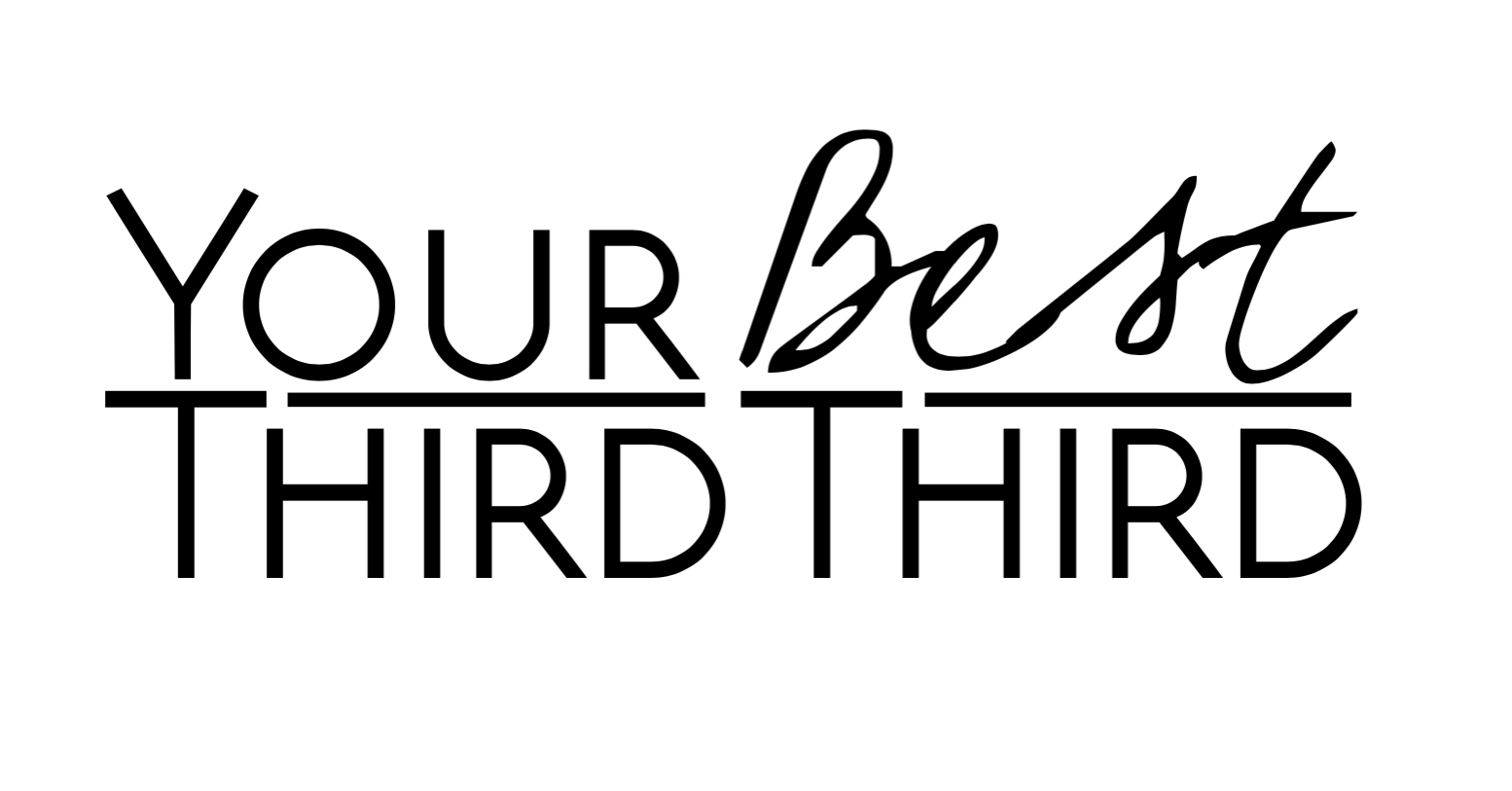Mix it UP: D&C
Reminder: We are all a combination of styles. All styles are potentially good. It helps us get along with others and be more effective if we recognize the strengths and challenges of the mixes.
D and C is a difficult mix. D and C are both task-oriented (as opposed to people-oriented), so they get their energy from doing something. Their approach to tasks, though, is very different. The C is slow-paced and the D is fast-paced.
A D has an idea and decides (quickly) if it will work. Or, at least if he/she can make it work. Or, at least if it is worth finding out if it will work.
So…..begin they will. What if problems come up?
They will fix them.
What if they run into snags?
They will figure out how to get around them.
What if it simply, at some point, doesn’t work?
They will find a way around that, too….until it is inevitable. “Let’s just dig in and see what happens.”
A C, however, wants to be sure before they begin.
Is there enough information?
Are all the resources available?
Will there be enough time?
Are the right people on board?
How can problems be anticipated and avoided?
“Let’s not start until success is assured.”
There is a lot of potential conflict in these two approaches. Add to it that there is not a lot of innate attention to feelings of those around them and it might seem like this is a mix to avoid. But, as with all combinations, with communication, respect, and understanding, these two can do beautiful things together.
Some people have this mix internally. I remember a pastor at a training I was leading who had this strong D/C pattern. “Okay, you understand that you are completely task-oriented, right?” “No way,“ he countered. “I DO PEOPLE REALLY WELL!” I have no doubt that he did, as I observed his out-going and effective interactions all weekend. His immediate response of “doing” people well made him stop in his tracks, though, and to consider that he was viewing people as his task.
As we discussed the idea further, privately, he began to acknowledge that, while he was very good at connecting and motivating, it was emotionally exhausting to him. And, he understood that he was most effective when the people he was with were connected to his task. It was not a limitation to him or his calling, in any way. He did become more effective, though, as he understood himself. He needed to allow himself emotional recovery time after being with people at length (building a rock wall along the creek in his backyard, by himself—physical and definitely a task—was his choice). And, he needed to learn to recognize when his idea of what should happen was over-reaching the true emotional needs of the people he was serving.
This mix can work well, in an individual or in a relationship… with regard and awareness. (It has worked well for 43+ years for our marriage.)







You must be logged in to post a comment.